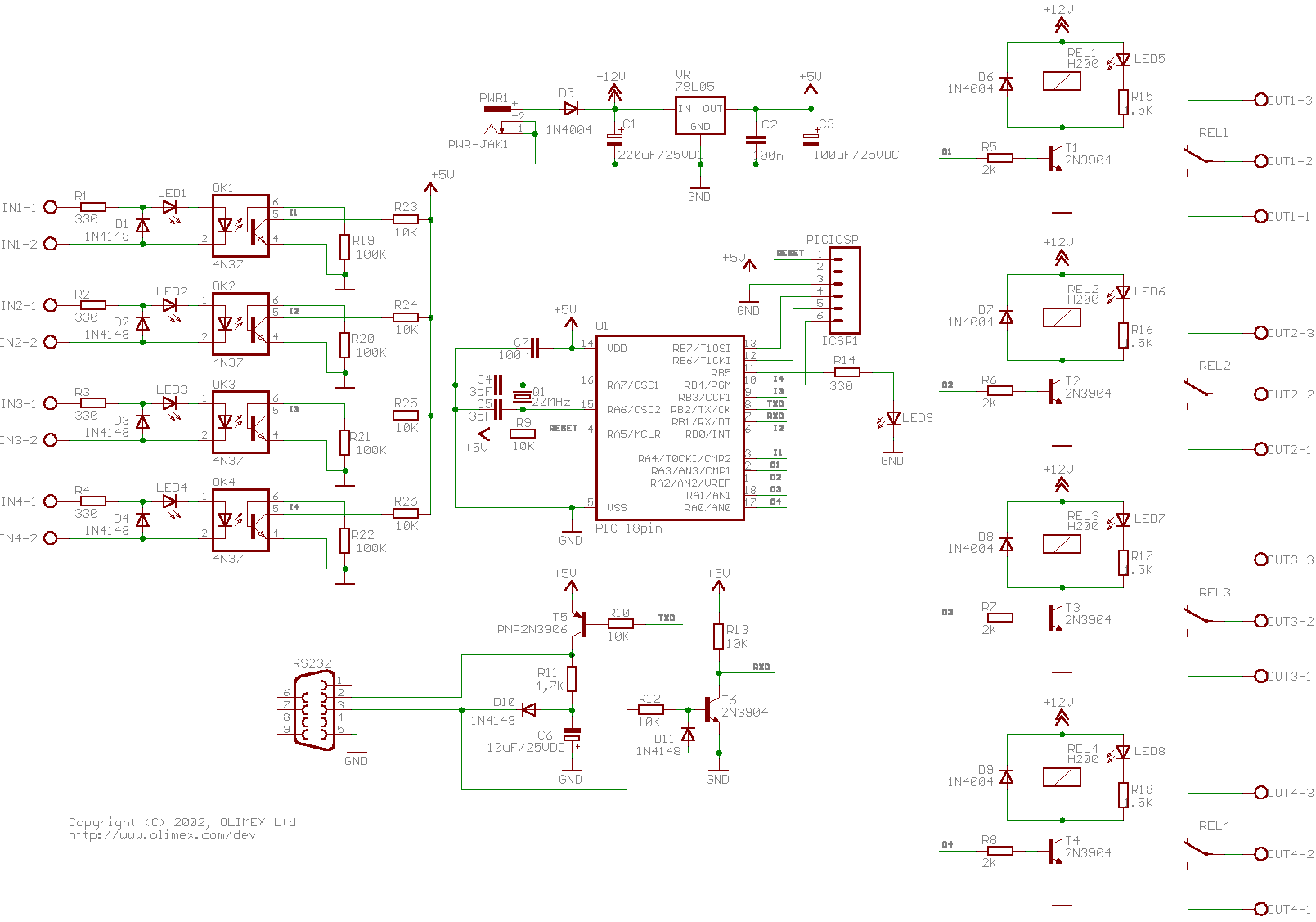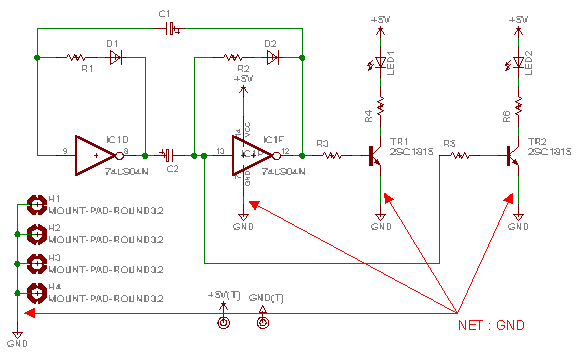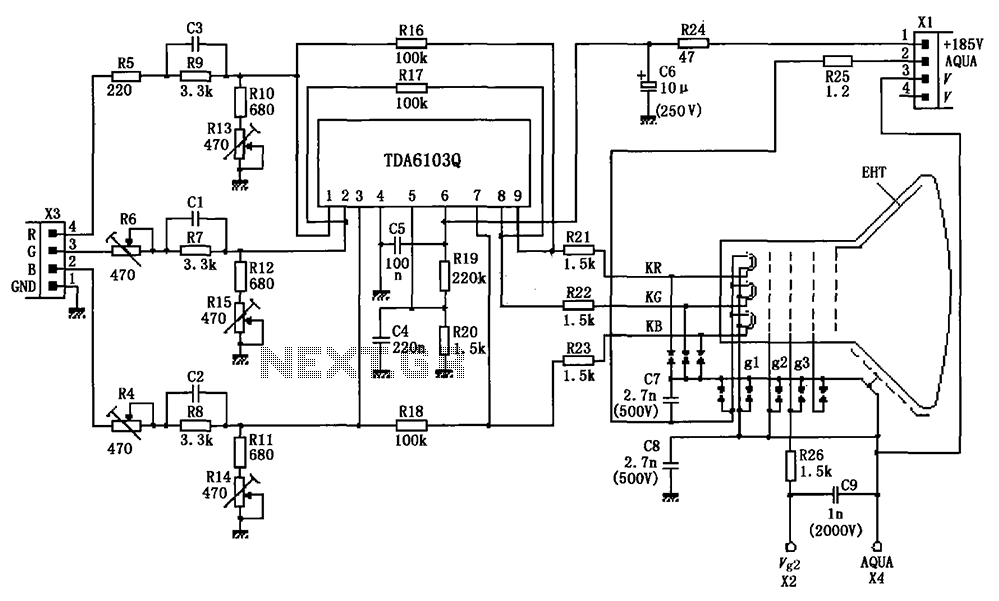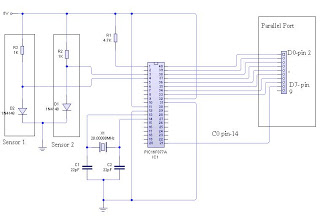
18 Pin PIC Development Board with Relays

Development board for 18-pin PIC microcontrollers featuring a power supply circuit, crystal oscillator circuit, RS232 port, ICSP/ICD port, 4 relay outputs, and 4 optocoupler isolated inputs.
This development board is designed to facilitate the prototyping and testing of applications utilizing 18-pin PIC microcontrollers. The power supply circuit provides the necessary voltage and current to operate the microcontroller and associated components, ensuring stable performance. A crystal oscillator circuit is included to generate a precise clock signal, which is essential for the microcontroller's operation and timing accuracy.
The RS232 port allows for serial communication with other devices, enabling data transfer and control capabilities. This feature is particularly useful for debugging and programming the microcontroller. The ICSP (In-Circuit Serial Programming) and ICD (In-Circuit Debugging) ports enable easy programming and debugging of the microcontroller without needing to remove it from the board, streamlining the development process.
The board is equipped with four relay outputs, which can be utilized to control high-power devices or systems, providing a means to interface the microcontroller with external hardware. Additionally, the inclusion of four optocoupler isolated inputs enhances the system's ability to interface with various sensors or switches while protecting the microcontroller from voltage spikes or noise, ensuring reliable operation.
Overall, this development board serves as a versatile platform for engineers and developers to explore and implement various applications using 18-pin PIC microcontrollers, with the integrated components supporting a wide range of functionalities.Development board for 18 pin PIC microcontrollers with power supply circuit, crystal oscillator circuit, RS232 port, ICSP/ICD port, 4 relay output, 4 optocoupler isolated inputs. 🔗 External reference
This development board is designed to facilitate the prototyping and testing of applications utilizing 18-pin PIC microcontrollers. The power supply circuit provides the necessary voltage and current to operate the microcontroller and associated components, ensuring stable performance. A crystal oscillator circuit is included to generate a precise clock signal, which is essential for the microcontroller's operation and timing accuracy.
The RS232 port allows for serial communication with other devices, enabling data transfer and control capabilities. This feature is particularly useful for debugging and programming the microcontroller. The ICSP (In-Circuit Serial Programming) and ICD (In-Circuit Debugging) ports enable easy programming and debugging of the microcontroller without needing to remove it from the board, streamlining the development process.
The board is equipped with four relay outputs, which can be utilized to control high-power devices or systems, providing a means to interface the microcontroller with external hardware. Additionally, the inclusion of four optocoupler isolated inputs enhances the system's ability to interface with various sensors or switches while protecting the microcontroller from voltage spikes or noise, ensuring reliable operation.
Overall, this development board serves as a versatile platform for engineers and developers to explore and implement various applications using 18-pin PIC microcontrollers, with the integrated components supporting a wide range of functionalities.Development board for 18 pin PIC microcontrollers with power supply circuit, crystal oscillator circuit, RS232 port, ICSP/ICD port, 4 relay output, 4 optocoupler isolated inputs. 🔗 External reference
Warning: include(partials/cookie-banner.php): Failed to open stream: Permission denied in /var/www/html/nextgr/view-circuit.php on line 713
Warning: include(): Failed opening 'partials/cookie-banner.php' for inclusion (include_path='.:/usr/share/php') in /var/www/html/nextgr/view-circuit.php on line 713





